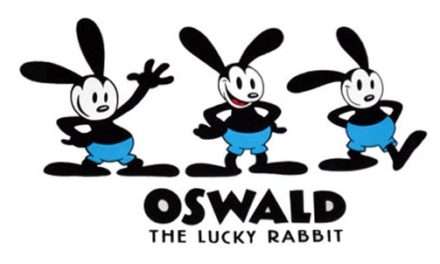Pinocchio is a 1940 American animated musical fantasy film produced by Walt Disney Productions and based on the Italian children’s novel The Adventures of Pinocchio by Carlo Collodi. It was the second animated feature film produced by Disney, made after the success of Snow White and the Seven Dwarfs (1937).
The plot of the film involves an old wood-carver named Geppetto who carves a wooden puppet named Pinocchio. The puppet is brought to life by a blue fairy, who informs him that he can become a real boy if he proves himself to be “brave, truthful, and unselfish”. Pinocchio’s efforts to become a real boy involve encounters with a host of unsavory characters. The film was adapted by Aurelius Battaglia, William Cottrell, Otto Englander, Erdman Penner, Joseph Sabo, Ted Sears, and Webb Smith from Collodi’s book. The production was supervised by Ben Sharpsteen and Hamilton Luske, and the film’s sequences were directed by Norman Ferguson, T. Hee, Wilfred Jackson, Jack Kinney, and Bill Roberts. Pinocchio was a groundbreaking achievement in the area of effects animation, giving realistic movement to vehicles, machinery and natural elements such as rain, lightning, smoke, shadows and water. The film was released to theaters by RKO Radio Pictures on February 23, 1940.
Critical analysis of Pinocchio identifies it as a simple morality tale that teaches children of the benefits of hard work and middle-class values. Although it became the first animated feature to win a competitive Academy Award – winning two for Best Music, Original Score and for Best Music, Original Song for “When You Wish Upon A Star” – it was initially a box office disaster. It eventually made a profit in its 1945 reissue, and today it is considered the greatest Disney animated feature of all time, and one of the greatest animated films ever made, with a rare 100% rating on the website Rotten Tomatoes. The film and characters are still prevalent in popular culture, featuring at various Disney parks and in other forms of entertainment. In 1994, Pinocchio was added to the United States National Film Registry as being “culturally, historically, or aesthetically significant.”





